Jazz is a music genre that originated in the African-American communities of New Orleans, Louisiana, in the late 19th and early 20th centuries, with its roots in blues and ragtime. Since the 1920s Jazz Age, it has been recognized as a major form of musical expression in traditional and popular music. Jazz is characterized by swing and blue notes, complex chords, call and response vocals, polyrhythms and improvisation. Jazz has roots in European harmony and African rhythmic rituals.
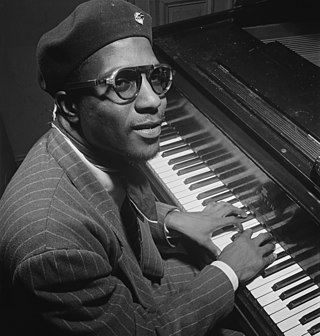
Thelonious Sphere Monk was an American jazz pianist and composer. He had a unique improvisational style and made numerous contributions to the standard jazz repertoire, including "'Round Midnight", "Blue Monk", "Straight, No Chaser", "Ruby, My Dear", "In Walked Bud", and "Well, You Needn't". Monk is the second-most-recorded jazz composer after Duke Ellington.

John Zorn is an American composer, conductor, saxophonist, arranger and producer who "deliberately resists category". His avant-garde and experimental approaches to composition and improvisation are inclusive of jazz, rock, hardcore, classical, contemporary, surf, metal, soundtrack, ambient, and world music. In 2020 Rolling Stone noted that "[alt]hough Zorn has operated almost entirely outside the mainstream, he's gradually asserted himself as one of the most influential musicians of our time".
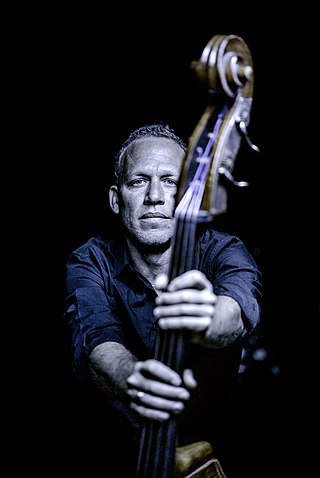
Avishai Cohen is an Israeli jazz double bassist, composer, singer, and arranger.
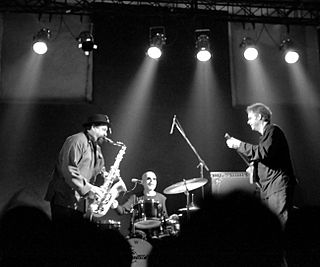
Stephen Paul Motian was an American jazz drummer, percussionist, and composer. Motian played an important role in freeing jazz drummers from strict time-keeping duties.
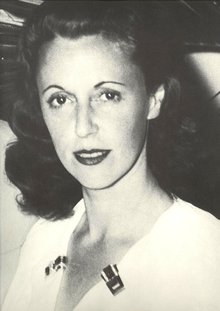
Baroness Kathleen Annie Pannonica de Koenigswarter was a British-born jazz patron and writer. A leading patron of bebop, she was a member of the Rothschild family.

Gilad Atzmon is an Israeli-born British jazz saxophonist, novelist, political activist, and writer.

Sheila Jordan is an American jazz singer and songwriter. She has recorded as a session musician with an array of critically acclaimed artists in addition to recording her own albums. Jordan pioneered a bebop and scat jazz singing style with an upright bass as the only accompaniment. Jordan's music has earned praise from many critics, particularly for her ability to improvise lyrics; Scott Yanow describes her as "one of the most consistently creative of all jazz singers." Charlie Parker often introduced Jordan as "the lady with the million dollar ears."

Barry Doyle Harris was an American jazz pianist, bandleader, composer, arranger, and educator. He was an exponent of the bebop style. Influenced by Thelonious Monk and Bud Powell, Harris in turn influenced and mentored bebop musicians including Donald Byrd, Paul Chambers, Curtis Fuller, Joe Henderson, Charles McPherson, and Michael Weiss.

Barbara Carroll was an American jazz pianist and vocalist.
Kitty Jean Bilbrew, known professionally Kitty White, was an American jazz singer who was popular in Los Angeles nightclubs.
Corky Hale is an American jazz harpist, pianist, flutist, and vocalist. She has been a theater producer, political activist, restaurateur, and the owner of the Corky Hale women's clothing store in Los Angeles, California.
Julia Feldman is an Israeli jazz vocalist, composer and educator. Her singing combines elements of multiple jazz genres, free improvisation and modern classical music.
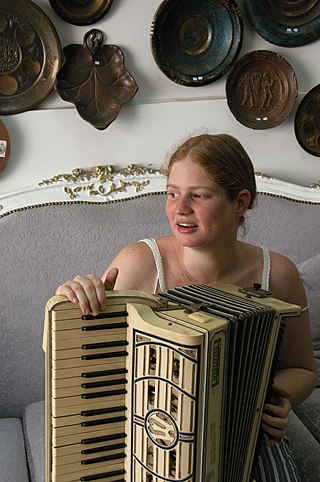
Maya Dunietz, is an Israeli musician and artist, combining a solo career with collaborations with renowned musicians: Emahoy Tsegué-Maryam Guèbrou, Roscoe Mitchell, John Tilbury, Habiluim, and many others. Her works are exhibited in venues such as Centre Pompidou Paris, Athens Onassis Center, Frac Paca, CCA Tel Aviv and Bemis Center for Contemporary Art.
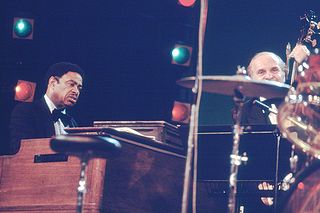
This is a timeline documenting events of Jazz in the year 1979.

This is a timeline documenting events of Jazz in the year 1999.
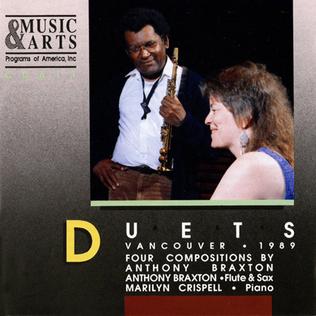
Duets Vancouver 1989 is a live album by American saxophonist and composer Anthony Braxton with pianist Marilyn Crispell recorded at the Vancouver Jazz Festival in 1989 and released on the Music & Arts label.
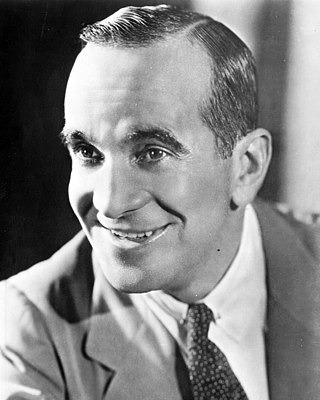
Jewish Americans have played a significant role in jazz, a music genre created and developed by African Americans. As jazz spread, it developed to encompass many different cultures, and the work of Jewish composers in Tin Pan Alley helped shape the many different sounds that jazz came to incorporate. Tunes by Jewish composers such as George Gershwin, Harold Arlen, Jerome Kern, Richard Rodgers, Irving Berlin and many others predominate among the 'Great American Songbook' compositions that have become jazz standards. Jazz musicians, besides playing renditions of the melodies, often deployed the chord changes of many of these songs to construct their own compositions.
Hugo Fernandez is a Mexican jazz guitarist based in Berlin, Germany.

Santuerio is a live album by pianist Marilyn Crispell. It was recorded at Roulette in New York City in May 1993, and was released later that year by Leo Records. On the album, Crispell is joined by violinist Mark Feldman, cellist Hank Roberts, and drummer Gerry Hemingway.
















